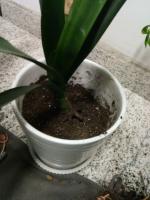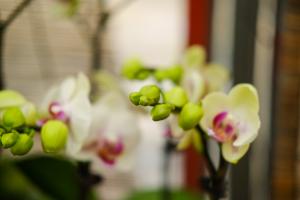The process of cell division involves two main stages: mitosis and cytokinesis. While mitosis is a process of dividing the nucleus, cytokinesis is the process of splitting the cytoplasm to form two new cells. However, the manner in which cytokinesis occurs differs in plant and animal cells. In this article, we will explore how cytokinesis is different in plant and animal cells.
Plant Cells
In plant cells, cytokinesis begins with the formation of a cell plate. During the early stages of cytokinesis, as the mitotic spindle begins to pull the chromosomes apart, the Golgi apparatus in the cell begins to produce vesicles that travel to the center of the cell. These vesicles fuse together to form a structure called the cell plate.
The cell plate acts as a partition between the two new cells, and materials such as cell wall components and cytoplasm are laid down on either side of it. As the cell plate grows and expands, it eventually reaches the cell membrane, and the new cell wall is formed. The resulting cell now has its own fully functional cell wall and can continue to grow and divide.
Animal Cells
In contrast to plant cells, animal cells undergo a different process during cytokinesis. Instead of forming a cell plate, animal cells undergo a process of cleavage. During the final stages of mitosis, a ring of actin filaments called the contractile ring forms around the center of the cell. This ring gradually tightens, pulling the cell membrane inward and eventually creating a furrow that cuts through the center of the cell.
As the furrow deepens, the two new cells are separated. The cells may then go through a process of membrane and cytoplasmic restructuring to restore their shape and size. Unlike plant cells, animal cells do not form a new cell wall during cytokinesis.
Differences in Structure
The differences in the way cytokinesis occurs in plant and animal cells can be attributed to structural differences between the cells themselves. In plant cells, the presence of a rigid cell wall means that a cell plate can be formed without the need for additional structural support. In addition, plant cells have large vacuoles that can aid in the formation of the cell plate.
Animal cells, on the other hand, do not have the structural support of a cell wall, which means they rely on a contractile ring of actin filaments to create the necessary tension to split the cell. Additionally, animal cells tend to be more irregular in shape, which means that the location of the furrow may vary depending on the shape of the cell.
In conclusion, while cytokinesis is an essential process in the formation of new cells, it occurs in different ways in plant and animal cells. Plant cells form a cell plate that eventually develops into a new cell wall, while animal cells undergo a process of cleavage, leading to the formation of a furrow that separates the two new cells. These differences can be attributed to the structural differences between plant and animal cells.

 how many times do yo...
how many times do yo... how many planted tre...
how many planted tre... how many pine trees ...
how many pine trees ... how many pecan trees...
how many pecan trees... how many plants comp...
how many plants comp... how many plants can ...
how many plants can ... how many plants and ...
how many plants and ... how many pepper plan...
how many pepper plan...
































